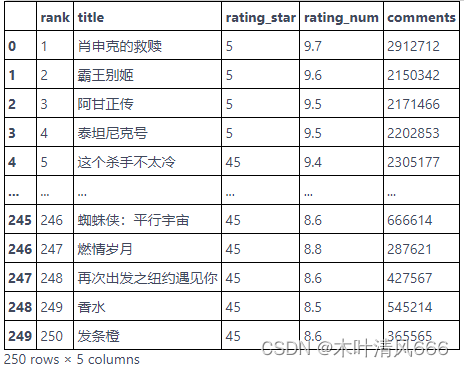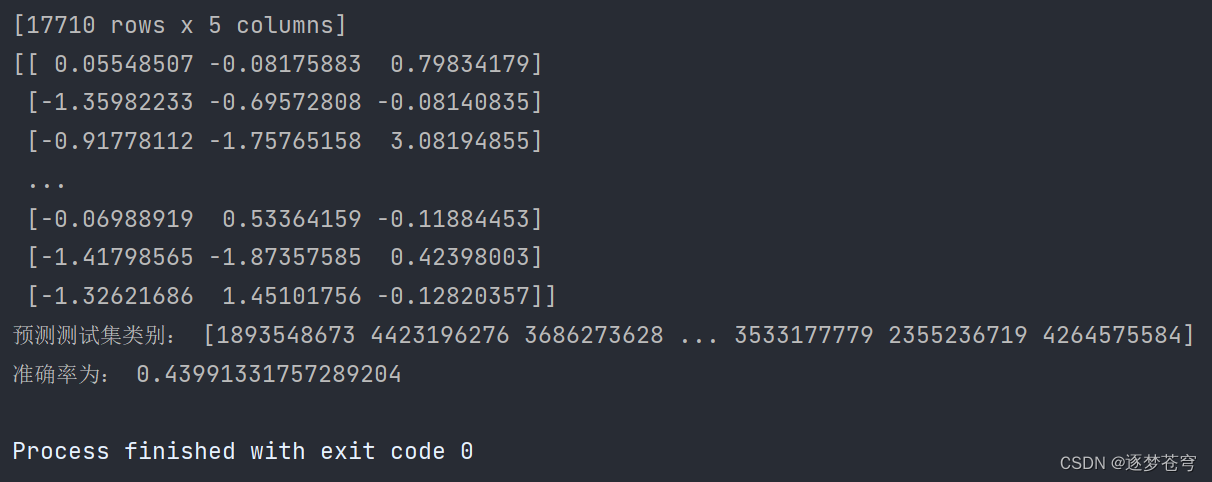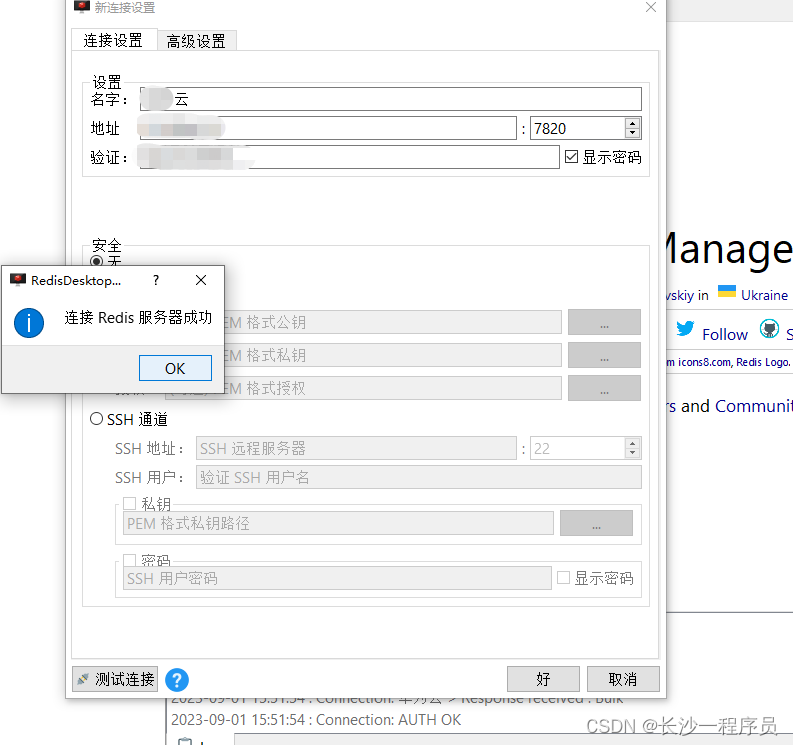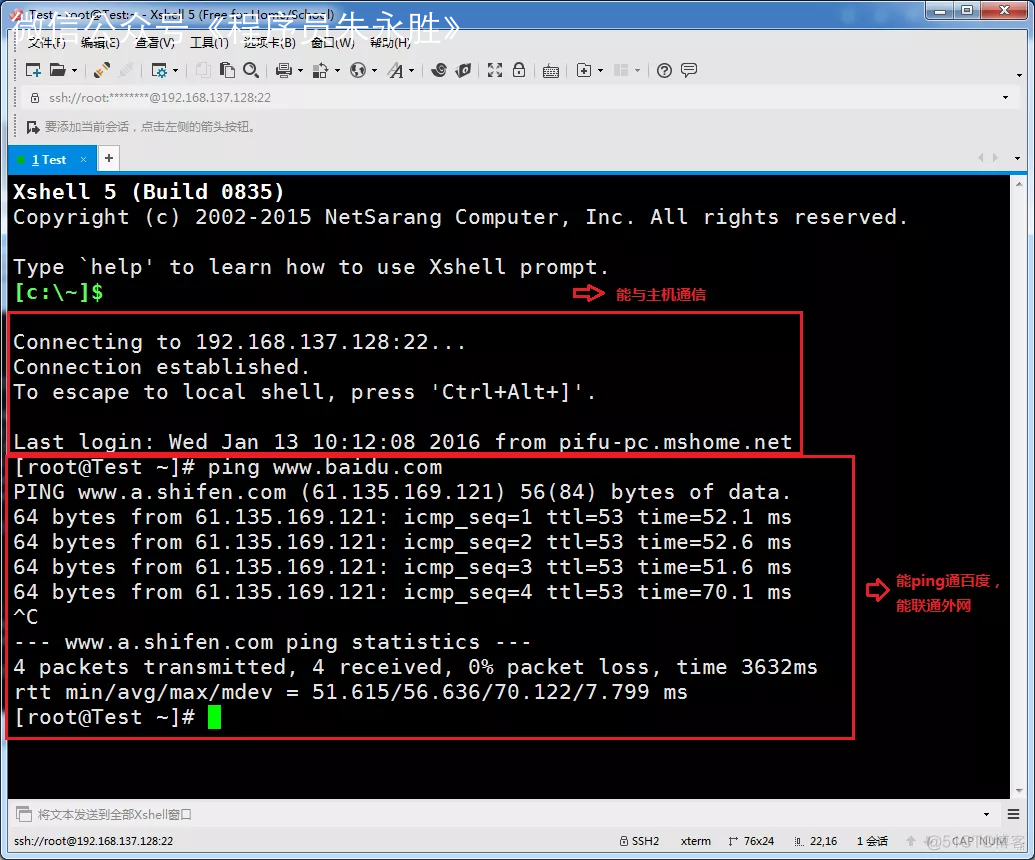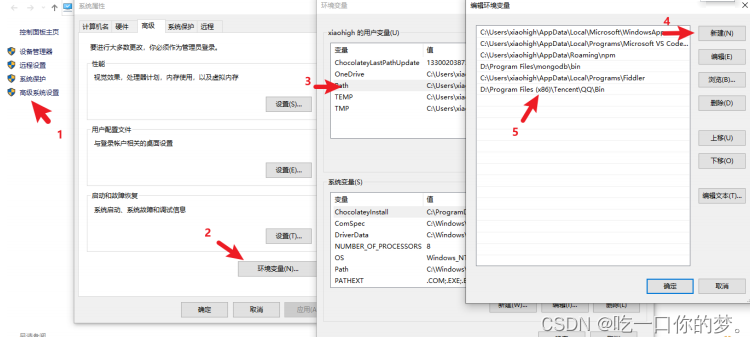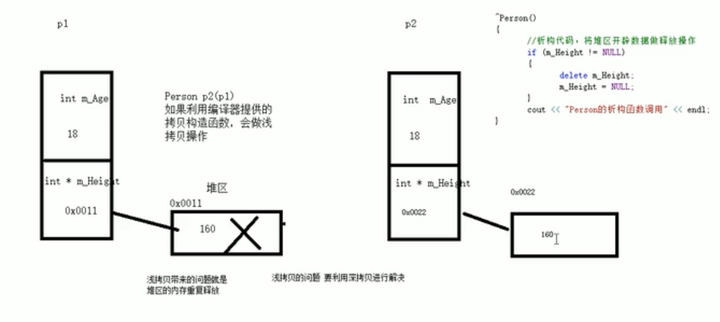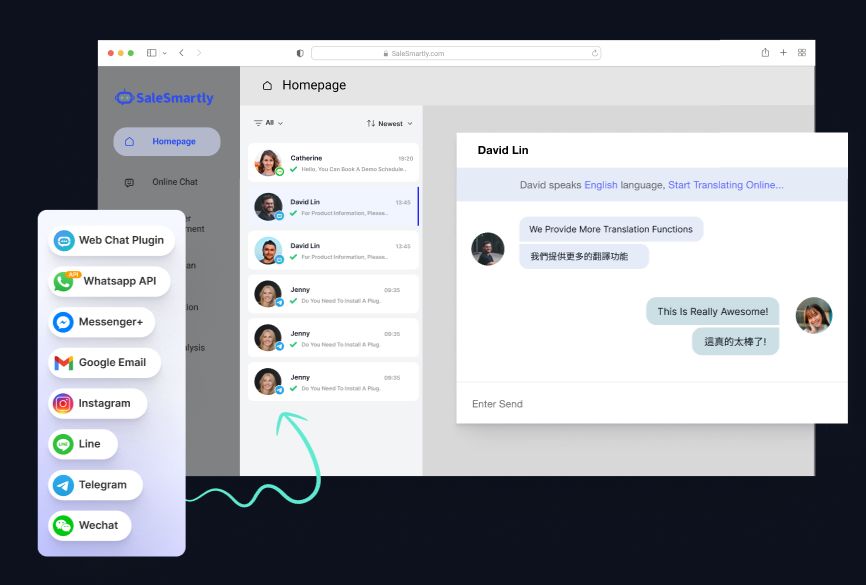目录
代理模式
静态代理
动态代理
AOP
spring api实现
自定义类实现
使用注解实现
代理模式
AOP的底层机制就是动态代理,所以学习aop之前 , 我们要先了解一下代理模式。
静态代理
拿租房的例子进行举例
-
抽象角色 : 一般使用接口或者抽象类来实现(租房)
-
真实角色 : 被代理的角色(房东)
-
代理角色 : 代理真实角色 ; 代理真实角色后 , 一般会做一些附属的操作 .(中介)
-
客户 : 使用代理角色来进行一些操作 (租户)
//抽象角色:租房
public interface Rent {public void rent();
}//真实角色: 房东,房东要出租房子
public class Host implements Rent{public void rent() {System.out.println("房屋出租");}
}//代理角色:中介
public class Proxy implements Rent {private Host host;public Proxy() { }public Proxy(Host host) {this.host = host;}//租房public void rent(){host.rent();}}//客户类,一般客户都会去找代理!
public class Client {public static void main(String[] args) {//房东要租房Host host = new Host();//中介帮助房东Proxy proxy = new Proxy(host);//你去找中介!proxy.rent();}
}好处:
- 可以使得我们的真实角色更加纯粹 . 不再去关注一些公共的事情 .
- 公共的业务由代理来完成 . 实现了业务的分工 ,
- 公共业务发生扩展时变得更加集中和方便 .
缺点:
- 多了代理类 , 工作量变大了 . 开发效率降低 .
动态代理
- 动态代理的角色和静态代理的一样 .
- 动态代理的代理类是动态生成的 . 静态代理的代理类是我们提前写好的
- 动态代理分为两类 : 一类是基于接口动态代理 , 一类是基于类的动态代理
- 基于接口的动态代理——JDK动态代理
- 基于类的动态代理—cglib
ProxyInvocationHandler. java 即代理角色
public class ProxyInvocationHandler implements InvocationHandler {private Rent rent;public void setRent(Rent rent) {this.rent = rent;}//生成代理类,重点是第二个参数,获取要代理的抽象角色!之前都是一个角色,现在可以代理一类角色public Object getProxy(){return Proxy.newProxyInstance(this.getClass().getClassLoader(),rent.getClass().getInterfaces(),this);}// proxy : 代理类 method : 代理类的调用处理程序的方法对象.// 处理代理实例上的方法调用并返回结果@Overridepublic Object invoke(Object proxy, Method method, Object[] args) throws Throwable {//核心:本质利用反射实现!Object result = method.invoke(rent, args);return result;}
}//租客
public class Client {public static void main(String[] args) {//真实角色Host host = new Host();//代理实例的调用处理程序ProxyInvocationHandler pih = new ProxyInvocationHandler();pih.setRent(host); //将真实角色放置进去!Rent proxy = (Rent)pih.getProxy(); //动态生成对应的代理类!proxy.rent();}
}好处:
- 一个动态代理 , 一般代理某一类业务
- 一个动态代理可以代理多个类,代理的是接口!
AOP
意为:面向切面编程,是Spring框架中的一个重要内容,是函数式编程的一种衍生范型
连接点(Joinpoint):类中可以被增强的方法,这个方法就被称为连接点
切入点(pointcut):类中有很多方法可以被增强,但实际中只有 add 和 update 被增强了,那么 add 和 update 方法就被称为切入点(实际实现的连接点)
通知(Advice): 通知是指一个切面在特定的连接点要做的事情(增强的功能)。通知分为方法执行前通知,方法执行后通知,环绕通知等.
切面(Aspect):把通知添加到切入点的整个过程称为切面.
目标(Target): 代理的目标对象(连接点,切入点所在类)
代理(Proxy): 向目标对象应用通知时创建的代理对
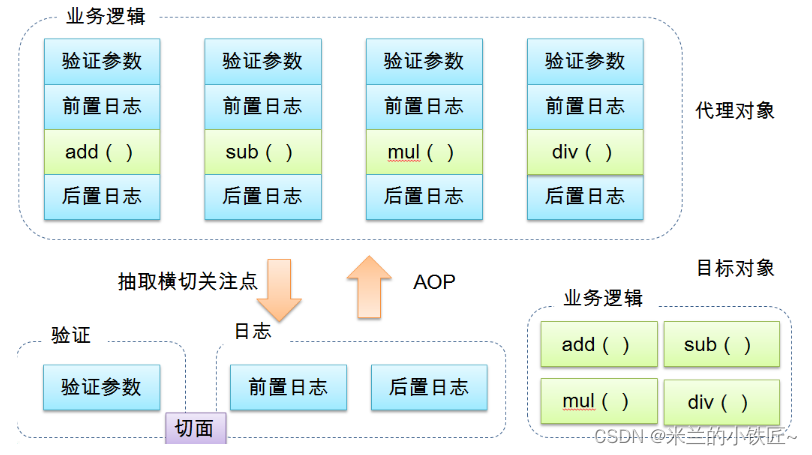
spring api实现
<!-- https://mvnrepository.com/artifact/org.aspectj/aspectjweaver -->
<dependency><groupId>org.aspectj</groupId><artifactId>aspectjweaver</artifactId><version>1.9.4</version>
</dependency>编写我们的业务接口和实现类
public interface UserService {public void add();public void delete();public void update();public void search();
}public class UserServiceImpl implements UserService{@Overridepublic void add() {System.out.println("增加用户");}@Overridepublic void delete() {System.out.println("删除用户");}@Overridepublic void update() {System.out.println("更新用户");}@Overridepublic void search() {System.out.println("查询用户");}
}写我们的日志类 , 我们编写两个 , 一个前置增强 一个后置增强
public class Log implements MethodBeforeAdvice {//method : 要执行的目标对象的方法//objects : 被调用的方法的参数//Object : 目标对象@Overridepublic void before(Method method, Object[] objects, Object o) throws Throwable {System.out.println( o.getClass().getName() + "的" + method.getName() + "方法被执行了");}
}public class AfterLog implements AfterReturningAdvice {//returnValue 返回值//method被调用的方法//args 被调用的方法的对象的参数//target 被调用的目标对象@Overridepublic void afterReturning(Object returnValue, Method method, Object[] args, Object target) throws Throwable {System.out.println("执行了" + target.getClass().getName()+"的"+method.getName()+"方法,"+"返回值:"+returnValue);}
}在xml中注册
<aop:config><aop:pointcut id="pointcut" expression="execution(* com.ffyc.spring.aop.UserServiceImpl.*(..))"/><aop:advisor advice-ref="Log" pointcut-ref="pointcut"></aop:advisor><aop:advisor advice-ref="afterLog" pointcut-ref="pointcut"></aop:advisor>
</aop:config>自定义类实现
构造我们的自定义类
public class DiyPointcut {public void before(){System.out.println("---------方法执行前---------");}public void after(){System.out.println("---------方法执行后---------");}
}在xml中配置
<bean id="userService" class="com.ffyc.spring.aop.UserServiceImpl"></bean>
<bean id="diy" class="com.ffyc.spring.aop.DiyPointCut"></bean>
<aop:config><aop:aspect ref="diy"><aop:pointcut id="diyPointCut" expression="execution(* com.ffyc.spring.aop.UserServiceImpl.*(..))"/><aop:before method="before" pointcut-ref="diyPointCut"></aop:before><aop:after method="after" pointcut-ref="diyPointCut"></aop:after></aop:aspect>
</aop:config>使用注解实现
编写注解类
@Aspect
public class AnnotationPointCut {@Before("execution(* com.ffyc.spring.aop.UserServiceImpl.*(..))")public void before() {System.out.println("被执行前");}@After("execution(* com.ffyc.spring.aop.UserServiceImpl.*(..))")public void after() {System.out.println("被执行后");@Around("execution(* com.ffyc.spring.aop.UserServiceImpl.*(..))")public void around(ProceedingJoinPoint jp) throws Throwable {System.out.println("环绕前");System.out.println("签名:" + jp.getSignature());//执行目标方法proceedObject proceed = jp.proceed();System.out.println("环绕后");System.out.println(proceed);}
}在xml中配置
<bean id="userService" class="com.ffyc.spring.aop.UserServiceImpl"></bean>
<bean id="annotationPointcut" class="com.ffyc.spring.aop.AnnotationPointCut"></bean>
<aop:aspectj-autoproxy></aop:aspectj-autoproxy>aop:aspectj-autoproxy:
有一个proxy-target-class属性,默认为false,表示使用jdk动态代理织入增强,当配为<aop:aspectj-autoproxy poxy-target-class="true"/>时,表示使用CGLib动态代理技术织入增强。
